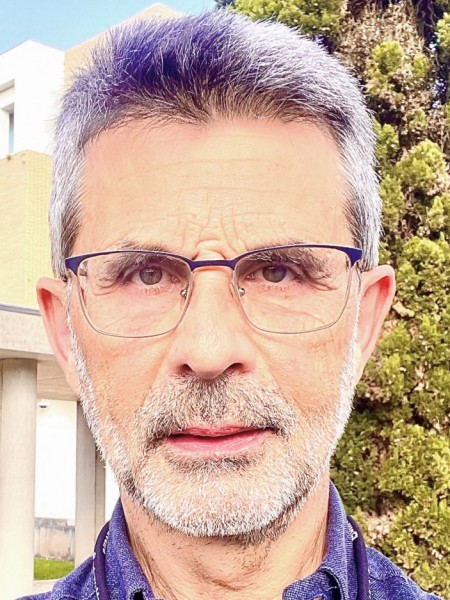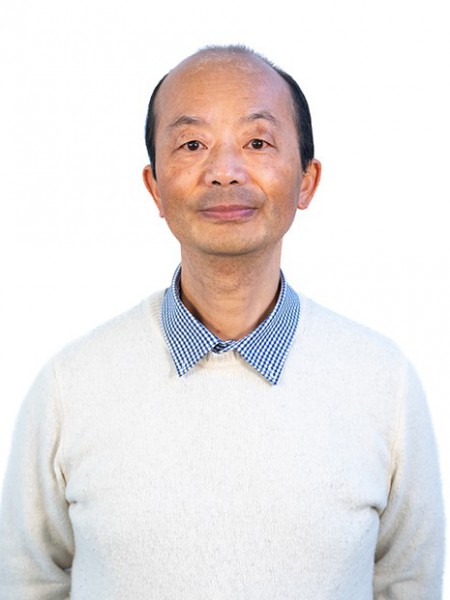abstract
Copper was incorporated into microporous titanosilicate ETS-4 framework via the in situ hydrothermal synthesis to achieve a more controlled and extended nitric oxide (NO) release profile. Exogeneous delivery of this gasotransmitter may be effective in the therapeutic setting and titanosilicates, in particular ETS-4, has already evidenced its potential as a NO carrier. Copper ions have high affinity for NO coordination and their substitution within the ETS-4 framework was confirmed by energy dispersive X-ray spectrometry (EDS). Samples were also characterized by PXRD, SEM microscopy, UV-Vis and Raman spectroscopy, TG and DSC. ETS-4Cu presents higher NO adsorption capacity (up to 4.5 mmol g-1 solid) comparing with the parent material, excellent stability in biological media and exhibits high compatibility in different cell lines, including primary keratinocytes (HEKn). Its NO release profile in biological conditions demonstrated a controlled release over at least 4 h, never achieved by any other porous materials so far. This may be reflected by its peculiar NO adsorption mechanism through the formation of stable nitro species on the framework.
keywords
SLOW-RELEASE; ETS-4; STORAGE; NO
subject category
Chemistry, Applied; Chemistry, Physical; Nanoscience & Nanotechnology; Materials Science, Multidisciplinary
authors
Lin, Z; Pinto, RV; Henriques, C; Antunes, F; Pires, J; Pinto, ML; Rocha, J
our authors
acknowledgements
This research was financed by Fundacao para a Ciencia e a Tecnologia (FCT) through projects PTDC/MEDQUI/28721/2017 and developed in the scope of the projects UIDB/00100/2020 (CQE), UIDB/04028/2020 & UIDP/04028/2020 (CERENA), and CICECO-Aveiro Institute of Material (UIDB/50011/2020 & UIDP/50011/2020) financed by Portuguese funds through the FCT/MEC and when applicable co-financed by FEDER under the PT2020 Partnership Agreement. RVP acknowledges for the grant 16/BAD/2017 provided by Colegio de Quimica, University of Lisbon.



